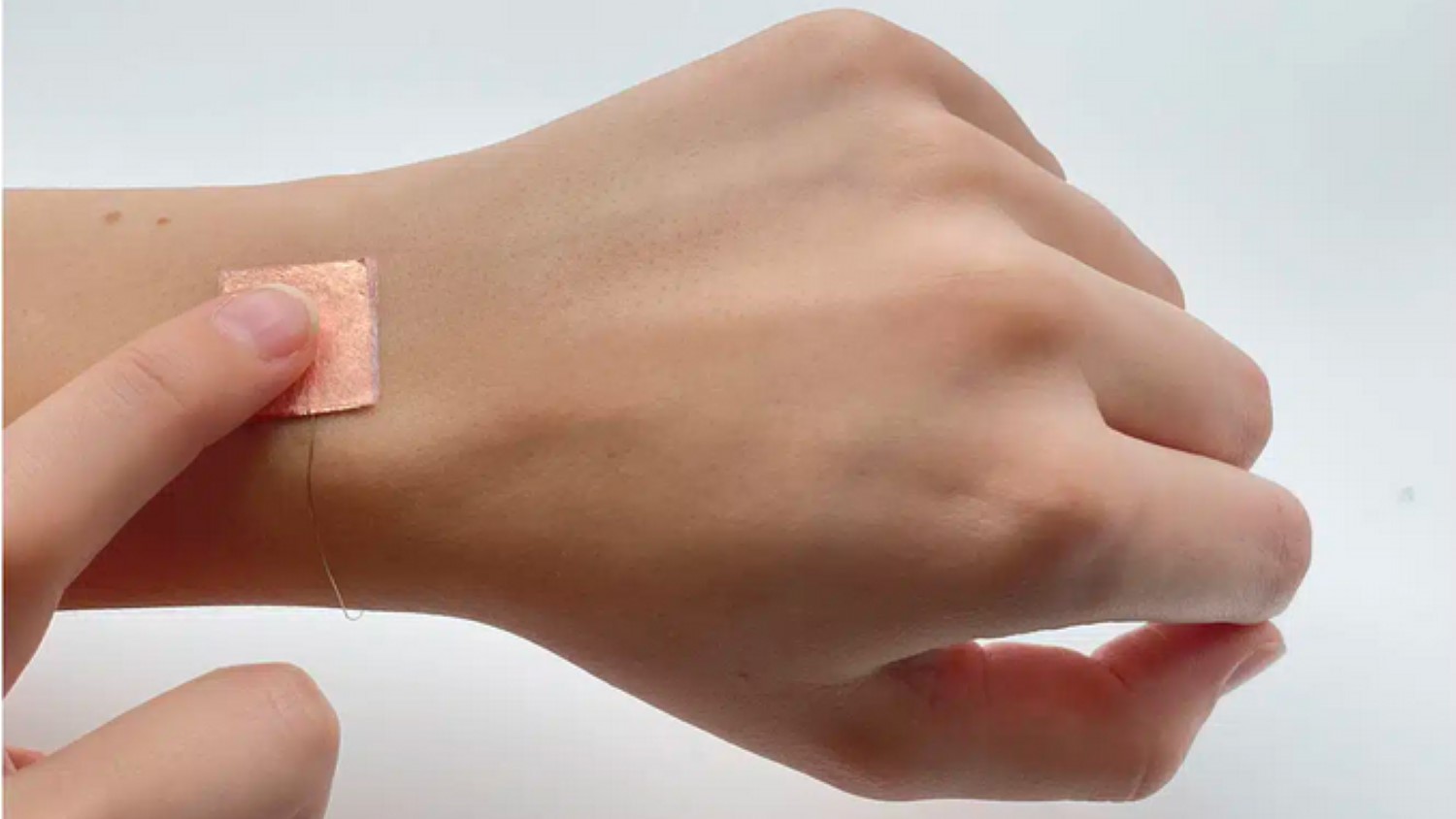Researchers Make Comfortable Materials That Generate Power When Worn

Professors Lilian Hsiao and Saad Khan and their colleagues have demonstrated new wearable technologies that both generate electricity from human movement and improve the comfort of the technology for the people wearing them. The work stems from an advanced understanding of materials that increase comfort in textiles and produce electricity when they rub against another surface.
At issue are molecules called amphiphiles, which are often used in consumer products to reduce friction against human skin. For example, amphiphiles are often incorporated into diapers to prevent chafing.
“We set out to develop a model that would give us a detailed fundamental understanding of how different amphiphiles affect the surface friction of different materials,” says Prof. Hsiao, corresponding author of a paper on the work and an associate professor of chemical and biomolecular engineering. “The model helps us understand the molecular basis for friction reduction and can be used by engineers to tailor a material’s properties for different applications.”
“We then began a series of experiments to explore whether we could use amphiphiles to modify materials and incorporate them into haptic (relating to the sense of touch) energy harvesters,” says Prof. Khan, co-corresponding author and INVISTA Professor of Chemical and Biomolecular Engineering. “Specifically, we wanted to know if we could create energy from friction in amphiphile-modified materials. It turns out we could not only generate electricity, but we could do so while also reducing the friction that people wearing these materials experience.”
In other words, the researchers found they could use amphiphiles to create wearable fabrics with slippery surfaces that feel good against human skin.
The researchers also found that some amphiphiles have electronic properties that allow them to “donate” electrons. When the researchers incorporated those electron-donating amphiphiles into the wearable materials, the end result was a material that was both comfortable and capable of generating electricity through friction produced by rubbing against human skin or other materials.
“The technology for harvesting static energy is well established but devices that can be worn for long periods of time are still missing.” Hsiao says. “In our proof-of-concept testing, we found these amphiphile materials not only feel good on the skin but could generate up to 300 volts, which is remarkable for a small piece of material.”
“An optimal balance between friction needed to generate power and maintaining the comfort of the wearer is paramount in designing haptic technologies and amphiphile chemistry offers a facile way to do so,” Khan says. “We’re interested in doing more to make use of these materials, such as exploring how they can be incorporated into existing haptic devices. And we’re open to working with industry partners on identifying new applications.”
The paper, “Compressing Slippery Surface-Assembled Amphiphiles for Tunable Haptic Energy Harvesters,” is published in the journal Science Advances. First author of the paper is Pallav Jani, a Ph.D. graduate from Prof. Khan’s research group. The paper was co-authored by Kushal Yadav, a Ph.D. student in Prof. Hsiao’s research group, Maryanne Derkaloustian and Charles Dhong of the University of Delaware, and by Hilmar Koerner, who leads the Polymer Matrix Composites Program at the Air Force Research Laboratory.
This work was done with support from the Nonwovens Institute at NC State under project 18-224SB; the National Science Foundation under CAREER award number 2042635; the AFRL under the Summer Faculty Fellowship Program; the Sloan Research Fellowship under grant number FG-2022-18336; the Dreyfus Foundation, under grant number TC-22-038; the National Institutes of Health under grant R01EY032584-02; and the National Eye Institute under grant 5R01EY032584-03.
This article is based on a news release from NC State University
- Categories: